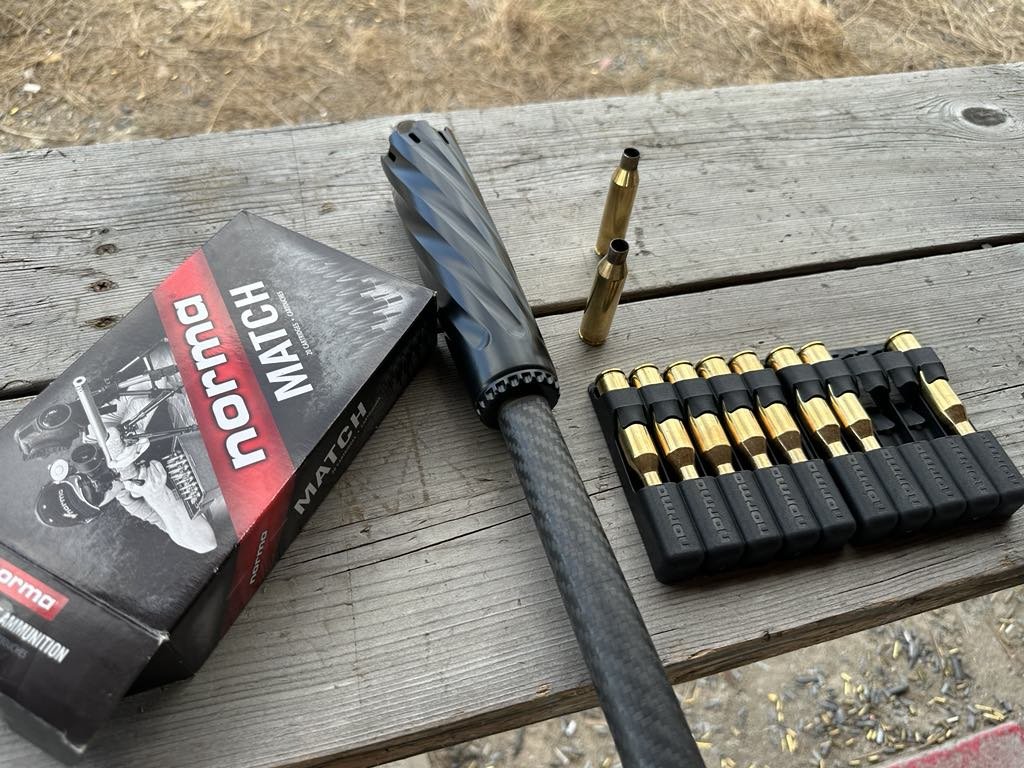How to Attach a Suppressor to a Firearm
Properly attach your cans
Firearms are growing in popularity, and with that comes firearm attachments. One of the most popular attachments on the market are suppressors, which attach the barrel of the firearms and decrease the decibel output. Attaching a suppressor (also known as a silencer, though that is not necessarily the correct terminology as suppressors do not make guns entirely silent) to a firearm is a straightforward process, but it requires the right tools, knowledge, and adherence to legal regulations. As stated above, a suppressor reduces the noise and muzzle flash of a firearm, making shooting more comfortable and discreet.
Whether you’re a first-time user or an experienced shooter, this guide from our team at Silent Armament Forge will walk you through the steps necessary to properly attach a suppressor to your firearm.
Understanding Suppressor Compatibility
Before attaching a suppressor, ensure it is compatible with your firearm, not every suppressor fits every firearm, and you can’t just throw it on. Key factors to consider include:
Thread Pattern: Most suppressors screw onto the barrel’s threaded muzzle. Common thread patterns include 1/2x28 for .22 and 9mm firearms and 5/8x24 for .30-caliber rifles.
Caliber Rating: Ensure the suppressor is rated for the caliber you are using.
Mounting System: Some suppressors use direct-thread attachment, while others use a quick-detach (QD) system that interfaces with a muzzle device such as a flash hider or compensator.
Step-by-Step Guide to Attaching a Suppressor
Let’s take a look at exactly how to attach a suppressor to a firearm.
1. Ensure Firearm Safety
Before beginning, always follow firearm safety rules:
Unload the firearm completely.
Remove the magazine and visually inspect the chamber.
Work in a well-lit, clean area.
2. Prepare the Muzzle
If your firearm barrel is threaded, inspect the threads to ensure they are clean and undamaged. Remove any muzzle device (e.g., flash hider or compensator) if needed.
3. Install a Thread Protector or Adapter (If Needed)
Some firearms may require a thread adapter to match the suppressor’s threading. If using an adapter, thread it onto the barrel securely.
4. Attach the Suppressor
For Direct-Thread Suppressors: Align the suppressor with the barrel threads and screw it on clockwise until snug. Avoid overtightening, as this may make removal difficult.
For Quick-Detach Suppressors: If your firearm has a compatible QD muzzle device, align the suppressor with the mounting system, engage the locking mechanism, and twist it into place per the manufacturer’s instructions.
5. Check Alignment
After attachment, visually inspect the alignment of the suppressor with the barrel. Use a suppressor alignment rod if available to confirm that the bore is centered and that there is no risk of baffle strikes.
6. Secure and Test
Hand-tighten the suppressor, ensuring it is firmly seated.
Perform a function check by manually cycling the action.
Fire a test shot at a safe range to confirm proper function.
Maintenance and Removal of suppressors
After use, allow the suppressor to cool before removing it.
Unscrew or detach it following the reverse of the installation process.
Clean the threads on both the firearm and suppressor to prevent carbon buildup.
Where to Buy Suppressors
Purchasing a suppressor requires following legal regulations, including obtaining an NFA tax stamp and purchasing from a licensed dealer. One of the best places to buy suppressors is Silent Armament Forge, known for its high-quality suppressors like the FNG Day1 and the Vigilantis; not to mention the excellent customer service.
They offer a great selection of suppressors for various calibers and firearm platforms, ensuring you find the right fit for your needs.
Legal Considerations
In the U.S., suppressors are regulated by the National Firearms Act (NFA) and require a tax stamp from the ATF. Ensure you comply with all federal, state, and local laws before purchasing or using a suppressor.
Conclusion
Attaching a suppressor enhances your shooting experience by reducing noise and recoil of a firearm, from pistols to rifles. By following these steps, you can securely and safely mount your suppressor, ensuring optimal performance and longevity. Always refer to your suppressor manufacturer’s instructions for specific guidance, and practice responsible firearm ownership.
Be sure to follow SilentAF on Instagram!


